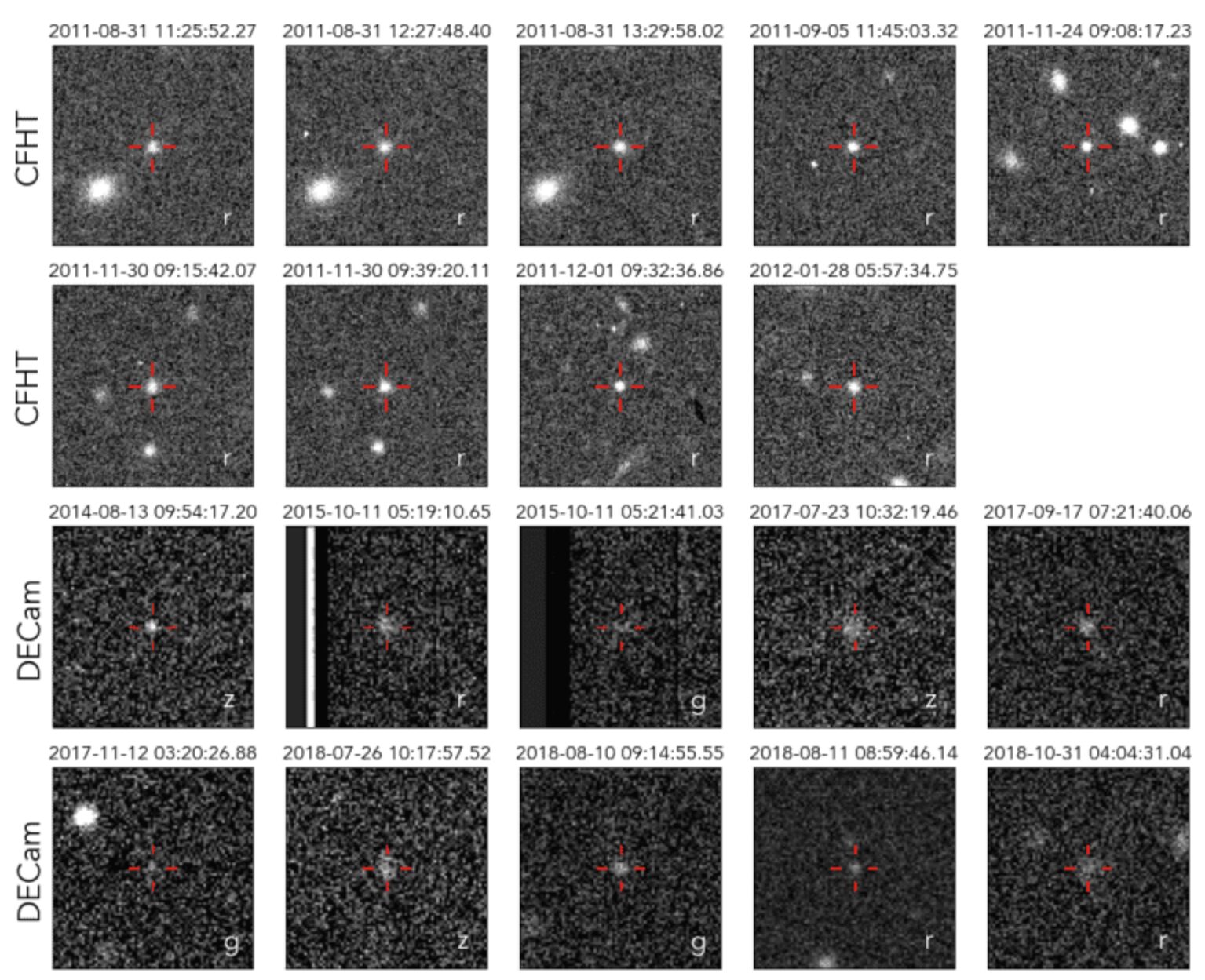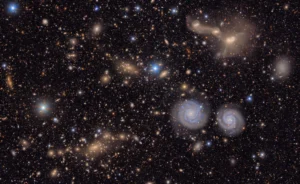A new dwarf planet named 2017 OF201 has been discovered far beyond Neptune. It sits in a region previously thought to be empty. Its existence raises questions about the structure of our solar system and the hypothetical Planet Nine — a hidden, massive planet hiding somewhere out there in the outer reaches.
The dwarf planet’s orbit is such an elongated ellipse that it takes around 25,000 years to make one orbit of our sun. At its closest, it sits approximately 6.66 billion kilometers away from the sun. At its furthest, it is a staggering 244 billion kilometers, about 54 times further away than Neptune. This giant orbit suggests that gravity from other massive bodies could be influencing it, possibly even a mysterious Planet Nine.
This theory suggests that a large, unseen planet, about 5 to 10 times the mass of the Earth, lurks in the distant regions of the solar system. Its advocates believe that it is large enough to influence the orbit of objects beyond Neptune. The problem is that the orbit of 2017 OF201 does not align with the gravitational patterns predicted by the Planet Nine hypothesis. It orbits in a different direction from one that would be influenced by Planet Nine. However, some researchers pointed out that the study of 2017 OF201 only considers one specific orbit of Planet Nine in its calculations.
The size of Pluto
Astronomers estimate that 2017 OF201 is about 700 kilometers in diameter, similar to Pluto, the former planet reassigned to dwarf planet status in 2006. Because of its elongated orbit, it is visible from Earth for only brief periods, making further observations challenging.
Planet Nine aside, the existence of this dwarf planet challenges the idea that the outer solar system has few sizeable objects in it. It is now likely that many more distant objects are out there, still detected. This would reshape our understanding of the solar system’s architecture.






